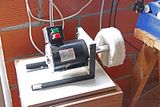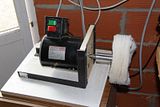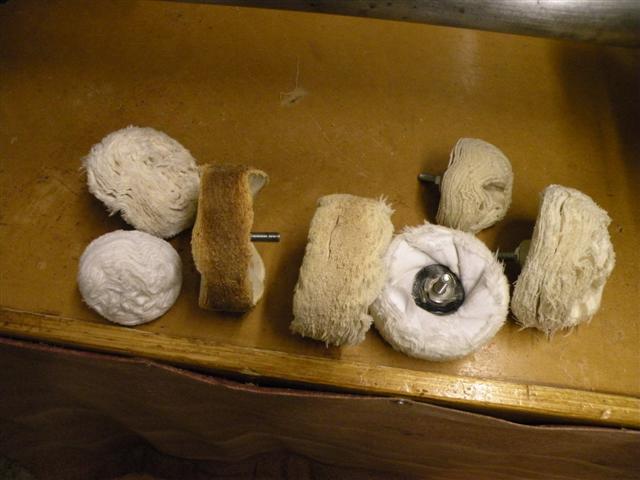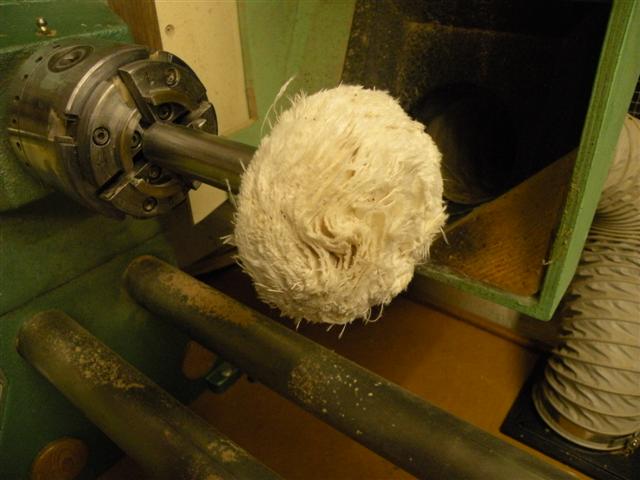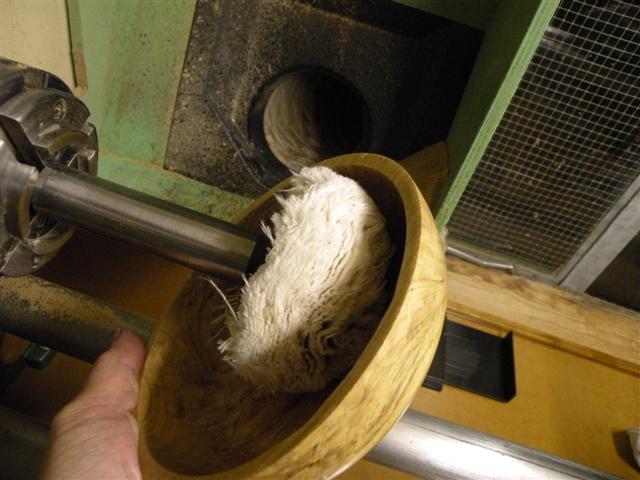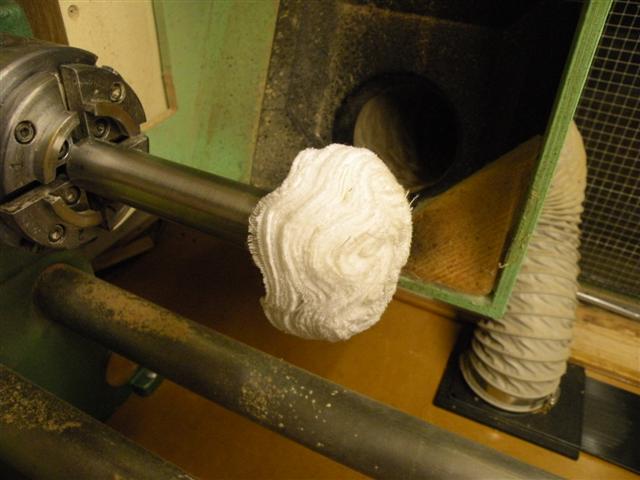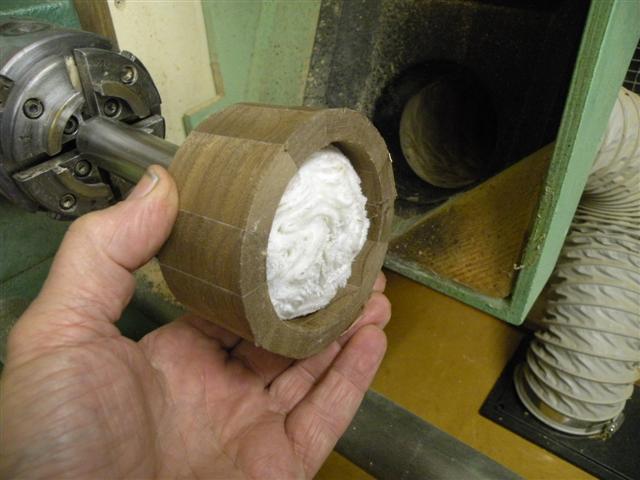The Shark
Established Member
Hi guys,
I am after some advice from the knowledgeable ones, please :lol:
At Miles's bash, I amongst others had a good look at the Beal buffing system. I have to say I was very impressed, but as I understood it, the only real difference between the Beal and the Chestnut system was that the Beal had mops for doing internals. We were told that Chestnut had promised to bring internal mops in, but that there were no dates for this yet.
My question is: Which is the better system to go for - Beal, with the internal mops but a larger price tag, or the cheaper Chestnut system with the promise of internals?
Any opinions welcomed,
Thanks,
Malc
I am after some advice from the knowledgeable ones, please :lol:
At Miles's bash, I amongst others had a good look at the Beal buffing system. I have to say I was very impressed, but as I understood it, the only real difference between the Beal and the Chestnut system was that the Beal had mops for doing internals. We were told that Chestnut had promised to bring internal mops in, but that there were no dates for this yet.
My question is: Which is the better system to go for - Beal, with the internal mops but a larger price tag, or the cheaper Chestnut system with the promise of internals?
Any opinions welcomed,
Thanks,
Malc

































